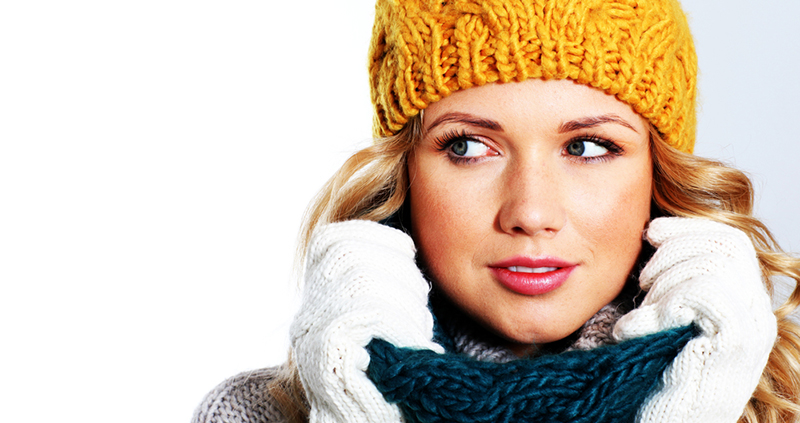It’s a winter’s morning. The sun is deliciously warm on your face because you’re in Queensland and, well, a winter’s day can be rather lovely here. You’ve got a cup of tea in hand enjoying a few rays on your deck because you can. We wonder, in moments like this, do you ever think about seeking shade?
Perhaps not and, to be fair, we need some vitamin D. However, it turns out basking in the sun like this, even winter sun, can actually still be harmful to our skin. We should all be more careful when it comes to protecting ourselves from it, especially in the north.
UV risk still high during Queensland winter
The Cancer Council recommends sun protection such as hats, sunscreen and sunglasses when UV levels are above 3, and we’re going to be outside for more than a few minutes.
Unlike southern states, UV levels often rise above 3 in Queensland during the cooler months. It means we still need to be conscious of sun exposure between the hours of 10am and 2pm regardless of the season.
“UV radiation levels in northern areas of Australia are generally higher than in southern areas, so in some parts of the country, sun protection is needed all year round,” the Cancer Council said.
“In these areas, it is safe to go outside without sun protection early morning and late afternoon when the UV Index falls below 3.”
Staying sun smart via your smart phone
Yes, there’s an app to tell you what the UV level is in your town or city, and the exact times you should slip, slop, slap. And, it’s free. The SunSmart app is a Cancer Council creation that’s pretty basic, but can go as far as calculating how many teaspoons of sunscreen you should use, based on your height, weight and what you’re wearing.
If you’re just looking for some easy to access information, it’s features are pretty handy. Plug in your location and the app will spit out the current and maximum UV level, and the hours you should protect yourself that day. Simple.
If you want more you can add an alert to remind you when UV levels are high or when you should reapply sunscreen. You can also provide details about the amount of time you spend outdoors and get advice on whether or not you’re getting enough vitamin D.
Skin cancer still Australia’s deadliest cancer
Health experts don’t want us to be complacent during winter for a good reason. The facts speak for themselves.
Associate Professor Peter Foley from the Australasian College of Dermatologists said about two in three Australians would be diagnosed with a skin cancer, like melanoma, in their lifetime.
“Around 2,000 Australians die each year as a result, so protection against excessive UV exposure remains vital, even for those with vitamin D deficiency,” he said.
As with most cancers early detection is key and could save your life. The Cancer Council recommends checking skin regularly to keep an eye out for new spots or any changes to existing freckles and moles. For tips on what to look out for and where to get help visit the Cancer Council’s website.
A good place to start is your GP. If your regular doctor isn’t available or it’s after hours you can book an appointment with a House Call Doctor online, via the app or by calling 13 55 66.
It’s not just the sun that damages the skin through the cooler months. Be sure to keep your skin hydrated and most importantly, healthy, at this time of year.





